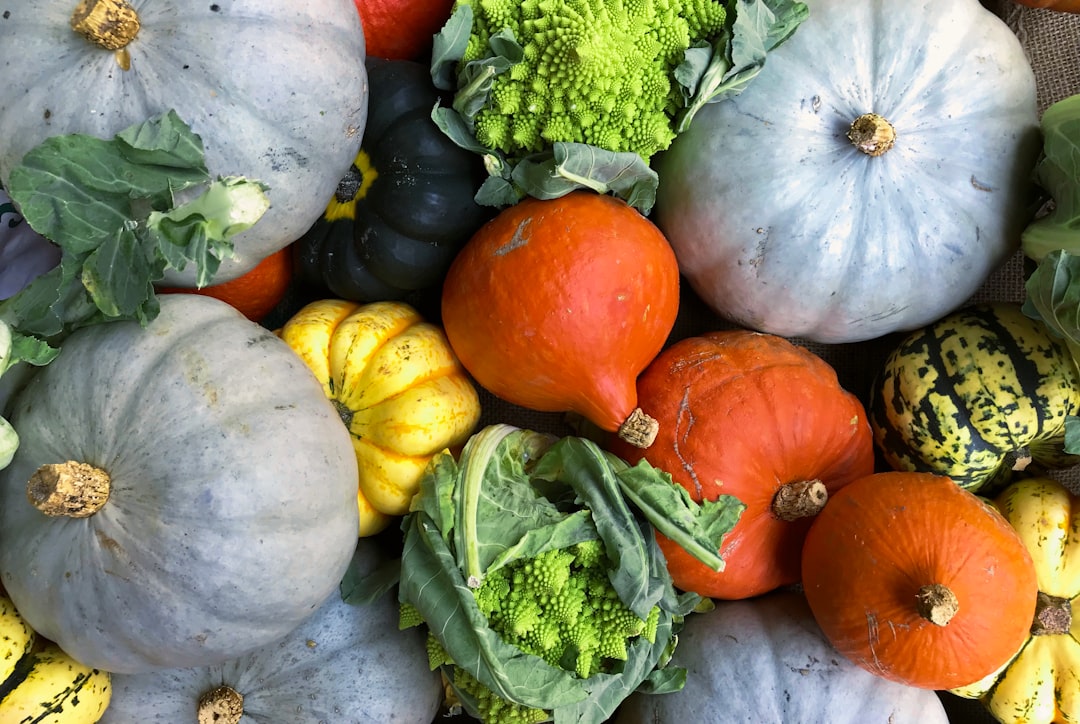In recent years, there’s been a growing interest in “local food”—but what does that really mean? And what happens behind the scenes to get that fresh tomato or artisan bread onto your plate? To truly appreciate the value of local food, we need to understand the broader picture: the local food system.
A local food system isn’t just about eating food grown nearby. It’s a network of relationships, infrastructure, values, and processes that connect farms to tables—and far beyond. Let’s break it down.
What is a Local Food System?
A local food system refers to the entire process of producing, processing, distributing, and consuming food within a specific geographic area. It prioritizes local producers, shortens supply chains, and supports community-based infrastructure. These systems may vary in scale—from a single town’s CSA program to a regional network of farms, food hubs, and markets.
The key components include:
-
Producers: Local farmers, ranchers, fishers, and food artisans.
-
Processors: Local butchers, dairies, millers, bakers, and other businesses that prepare or preserve food.
-
Distributors: Markets, cooperatives, restaurants, food hubs, and delivery services that move food from producers to consumers.
-
Consumers: Individuals, families, schools, institutions, and restaurants that purchase and eat the food.
-
Waste Managers: Composting services, food rescue organizations, and others who deal with leftover or discarded food in sustainable ways.
From Farm to Table: The Journey of Local Food
1. Farming and Production
Everything starts with the land. Local farms often use sustainable, regenerative practices to grow crops or raise animals. These farms tend to focus on seasonal and region-appropriate foods, reducing dependence on harmful chemicals and large-scale industrial techniques.
2. Processing and Preservation
Raw food products often require cleaning, cutting, fermenting, baking, or other processing steps before they’re ready for consumption. Small-scale local processors play a key role here—offering services like canning, milling, cheese-making, or brewing.
3. Distribution and Marketing
Getting food from the farm to the eater is no small task. Local food systems rely on a variety of distribution methods:
-
Farmers’ markets
-
Community Supported Agriculture (CSA) programs
-
Local grocers and cooperatives
-
Farm-to-school or farm-to-hospital programs
-
Online platforms for local food delivery
Food hubs are becoming an increasingly important part of this stage—they serve as central collection points that aggregate, store, and distribute products from multiple farms, making local food accessible to larger institutions and businesses.
4. Consumption and Community Engagement
This is the part most visible to the public—shopping at a market, dining at a restaurant that sources locally, or receiving a CSA box. But consumption is also deeply tied to education and engagement. Knowing who grows your food and how it’s produced encourages thoughtful, health-conscious, and environmentally aware choices.
5. Waste Recovery and Recycling
A truly sustainable local food system also considers what happens to leftovers and food waste. Composting, food donation programs, and reusing byproducts help close the loop, turning waste into resources and reducing environmental impact.
Why Local Food Systems Matter
Understanding local food systems reveals why they’re so much more than a trend. They are powerful tools for:
✅ Economic Resilience
Local food systems keep money circulating within the community, support small businesses, and create jobs that can’t be outsourced.
✅ Environmental Sustainability
With shorter transportation routes, less packaging, and more regenerative farming practices, local systems significantly reduce environmental footprints.
✅ Food Security
Communities with strong local food networks are more resilient in the face of global supply chain disruptions, climate change, and pandemics.
✅ Social and Cultural Connection
Local food systems foster pride in local identity, preserve traditional foodways, and create meaningful connections between growers and consumers.
Challenges Facing Local Food Systems
Despite their many advantages, local food systems face several challenges:
-
Infrastructure Gaps: Many regions lack the processing, storage, or distribution facilities needed to support a robust local system.
-
Policy and Regulation: Small producers may face complex regulations that are better suited for large industrial farms.
-
Access and Affordability: Local food can sometimes be more expensive or harder to access in underserved communities.
-
Consumer Awareness: Many consumers still don’t fully understand what local food systems are or how to support them.
Addressing these issues requires collaboration—among governments, nonprofits, consumers, and producers—to build the infrastructure and policies that support long-term success.
Beyond the Table: Building a Local Food Culture
Creating a thriving local food system goes beyond logistics—it’s about building a culture that values sustainability, equity, and community. Here’s how you can play a part:
-
Shop local whenever possible.
-
Ask questions about where your food comes from.
-
Support policies that invest in local food infrastructure.
-
Volunteer with local food organizations or community gardens.
-
Celebrate local cuisine and share knowledge about regional food traditions.
Final Thoughts
Understanding local food systems helps us see the bigger picture. It’s not just about buying a carrot from a local farm—it’s about nurturing a healthier, more connected, and more resilient way of life. From farm to table—and beyond—local food systems represent a vision of food that feeds not just our bodies, but our communities and our planet.
Whether you're a farmer, chef, policymaker, or simply someone who enjoys a good meal, you’re part of the system. The more we understand it, the more empowered we become to make choices that truly matter.

Comments
No comments yet. Be the first to comment!
You must be logged in to comment. Login